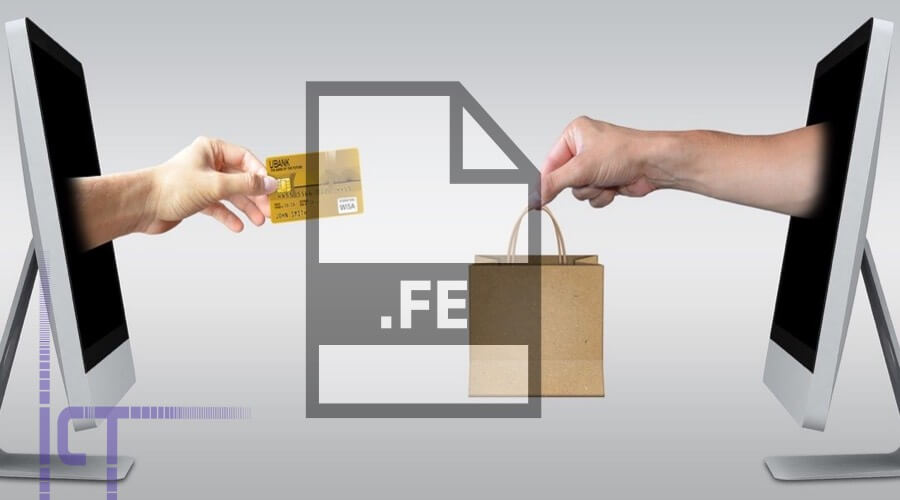Qu’est-ce que c’est the Electronic Invoice?

Chapter 7. Invoices and Electronic Documents
ICT as a Strategic Tool to Leapfrog the Efficiency of Tax Administrations
Several colleagues have already written in this space about the recent CIAT publication on “Information and Communication Technologies as a strategic tool to leapfrog the efficiency of tax administrations”.
And… yes, logically, one of the chapters is about “Invoices and Electronic Documents”.
As our Executive Secretary Márcio Ferreira Verdi said years ago, the right question is not “if” there will be the possibility of electronic invoicing in a country: it is “when”.
And here we have a doubt that is precedent: in the end, what do we mean by EI (Electronic Invoicing)?
To answer this question, let us review the previous doubts: what invoice is, what electronic is. Which lead us to more necessary definitions: what is a document, if an electronic document exists, if an electronic document can, or when it can, or in what ways it can support commercial, financial, tax, consumer, economic rights (and obligations, obviously!)
Not forgetting the other dimension: electronic? Does this extend to the production of the document, or just its transmission? And… transmission… would “electronic” encompass transmission by electromagnetic means?
Other dimensions: invoice… should we consider the document as a whole, complete, which can be used by anyone for the purposes discussed above (as is usually the case in Latin American countries) or should we consider the electronic information on the invoice (as it is the case in most European countries)?
As the esteemed reader must be answering me there is no single answer to these doubts and so many others that we can continue to raise about this subject, and according to the cultural, economic, commercial, legal, …, conditions and preconditions of each country or society, what is absolutely right for some of them does not apply in any way for others, and will be totally indifferent for others.
This reality cannot in any way divert us away from the need to consider these doubts when we think of the above-mentioned rights and obligations that are resultant from the information that is recorded on a document called an invoice.
Chapter 7 of the publication touches on some of these issues, in more (or perhaps not as much as we would like…) detail, which may help us to answer at least some of the concerns that the topic raises for us.
Note that I have not addressed other (fundamental?) related issues, such as the need (of this I have no doubt…) to work towards interoperability in transnational operations, as well as (academic?) discussions on operational models (“two corners”, “three corners”, “four corners”, …).
Before I take leave, joining my colleagues who have preceded me, I invite you to explore the book as a whole and this chapter in particular, and let me stimulate you by saying that I think it is time to de-construct the concept of document (both fiscal and commercial), which comes from the paper world, as a basis for registration that serves the legal purposes I listed above, in favour of concepts more in line with the realities that information technology makes available to us.
2,868 total views, 3 views today
